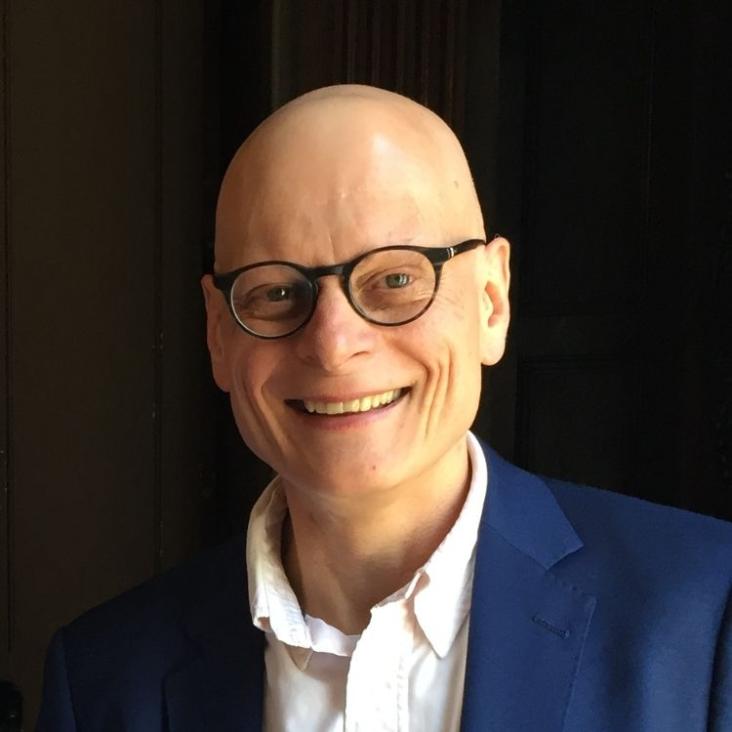Boson sampling on a photonic chip.
Science 339:6121 (2013) 798-801
Abstract:
Although universal quantum computers ideally solve problems such as factoring integers exponentially more efficiently than classical machines, the formidable challenges in building such devices motivate the demonstration of simpler, problem-specific algorithms that still promise a quantum speedup. We constructed a quantum boson-sampling machine (QBSM) to sample the output distribution resulting from the nonclassical interference of photons in an integrated photonic circuit, a problem thought to be exponentially hard to solve classically. Unlike universal quantum computation, boson sampling merely requires indistinguishable photons, linear state evolution, and detectors. We benchmarked our QBSM with three and four photons and analyzed sources of sampling inaccuracy. Scaling up to larger devices could offer the first definitive quantum-enhanced computation.Strategies for enhancing quantum entanglement by local photon subtraction
Physical Review A - Atomic, Molecular, and Optical Physics 87:2 (2013)
Abstract:
Subtracting photons from a two-mode squeezed state is a well-known method to increase entanglement. We analyze different strategies of local photon subtraction from a two-mode squeezed state in terms of entanglement gain and success probability. We develop a general framework that incorporates imperfections and losses in all stages of the process: before, during, and after subtraction. By combining all three effects into a single efficiency parameter, we provide analytical and numerical results for subtraction strategies using photon-number-resolving and threshold detectors. We compare the entanglement gain afforded by symmetric and asymmetric subtraction scenarios across the two modes. For a given amount of loss, we identify an optimized set of parameters, such as initial squeezing and subtraction beam splitter transmissivity, that maximize the entanglement gain rate. We identify regimes for which asymmetric subtraction of different Fock states on the two modes outperforms symmetric strategies. In the lossless limit, subtracting a single photon from one mode always produces the highest entanglement gain rate. In the lossy case, the optimal strategy depends strongly on the losses on each mode individually, such that there is no general optimal strategy. Rather, taking losses on each mode as the only input parameters, we can identify the optimal subtraction strategy and required beam splitter transmissivities and initial squeezing parameter. Finally, we discuss the implications of our results for the distillation of continuous-variable quantum entanglement. © 2013 American Physical Society.Quantum detector tomography of a time-multiplexed superconducting nanowire single-photon detector at telecom wavelengths
Optics Express 21:1 (2013) 893-902
Abstract:
Superconducting nanowire single-photon detectors (SNSPDs) are widely used in telecom wavelength optical quantum information science applications. Quantum detector tomography allows the positive-operator-valued measure (POVM) of a single-photon detector to be determined. We use an all-fiber telecom wavelength detector tomography test bed to measure detector characteristics with respect to photon flux and polarization, and hence determine the POVM. We study the SNSPD both as a binary detector and in an 8-bin, fiber based, Time-Multiplexed (TM) configuration at repetition rates up to 4 MHz. The corresponding POVMs provide an accurate picture of the photon number resolving capability of the TM-SNSPD. © 2013 Optical Society of America.Entang-bling: Observing quantum correlations in room-temperature solids
Journal of Physics: Conference Series 442:1 (2013)
Abstract:
Quantum entanglement in the motion of macroscopic solid bodies has implications both for quantum technologies and foundational studies of the boundary between the quantum and classical worlds. Entanglement is usually fragile in room-temperature solids, owing to strong interactions both internally and with the noisy environment. We generated motional entanglement between vibrational states of two spatially separated, millimeter-sized diamonds at room temperature. By measuring strong nonclassical correlations between Raman-scattered photons, we showed that the quantum state of the diamonds has positive concurrence with 98% probability. Our results show that entanglement can persist in the classical context of moving macroscopic solids in ambient conditions. © Published under licence by IOP Publishing Ltd.Efficient optical pumping and high optical depth in a hollow-core photonic-crystal fibre for a broadband quantum memory
NEW JOURNAL OF PHYSICS 15 (2013) ARTN 055013


